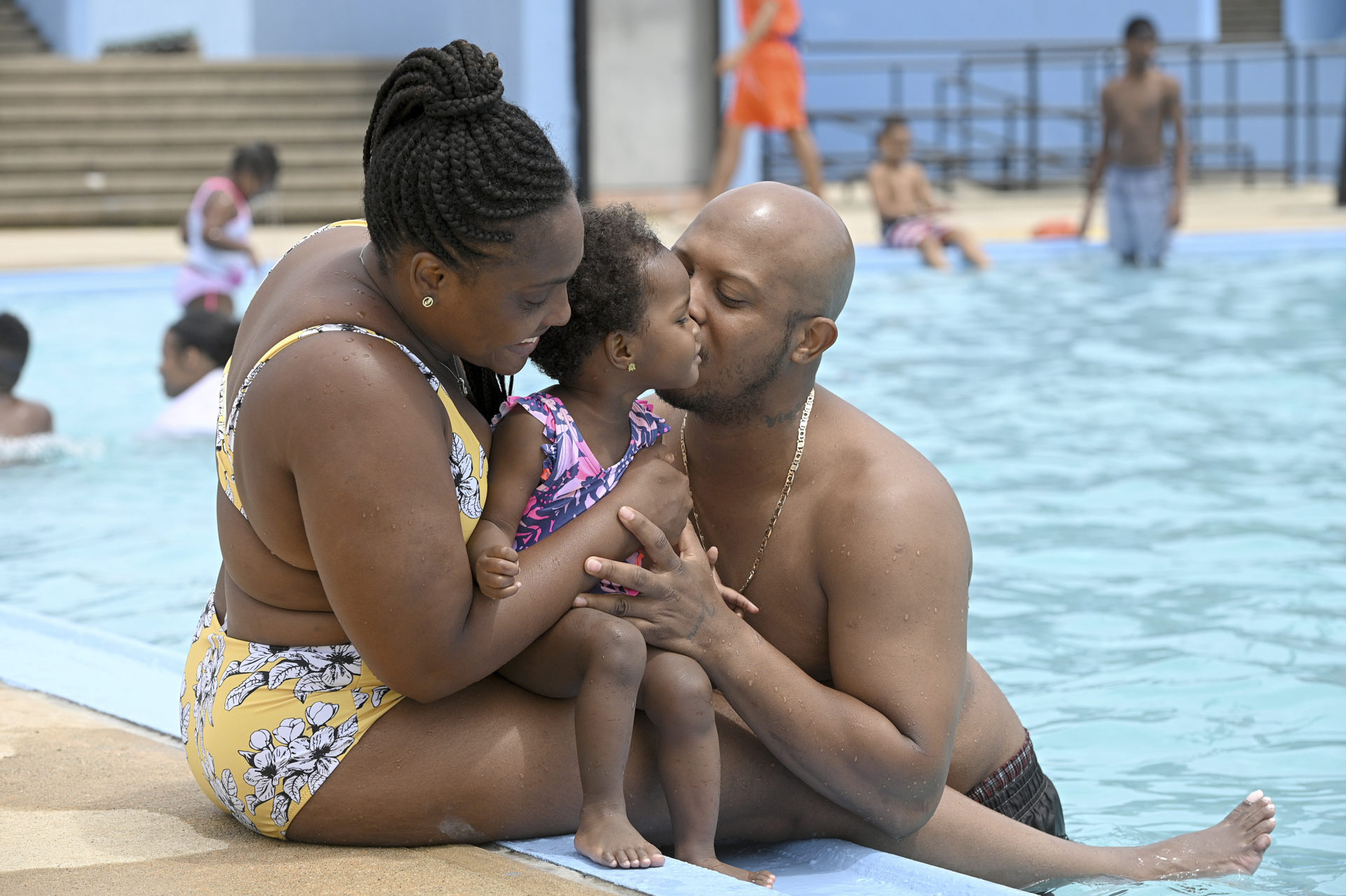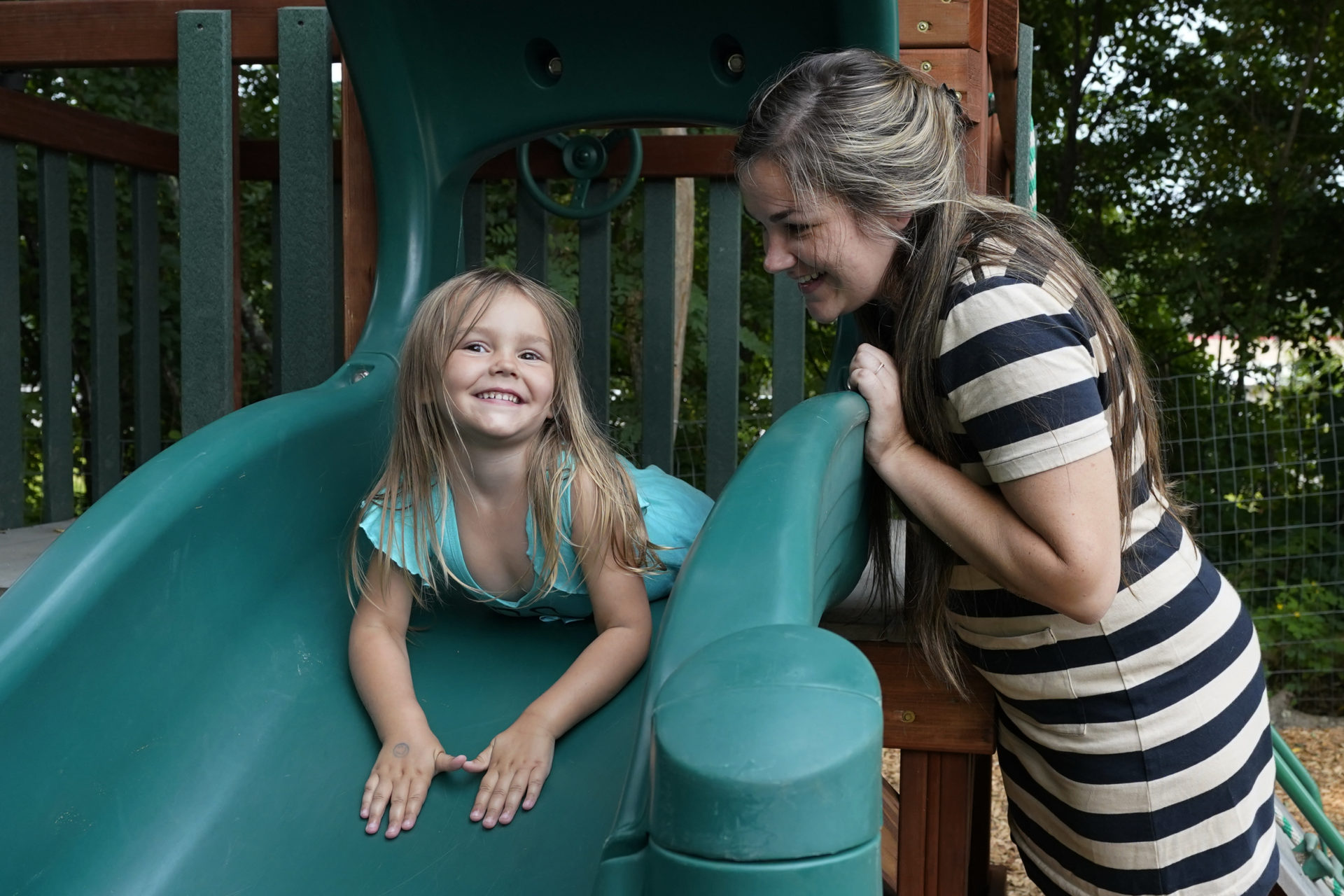The Declining American Birth Rate Could Actually Be Good for the Economy
Written by Hillary Hoffower | Published: September 13, 2021
Originally published by Business Insider on May 23, 2021
Earlier this month, the Centers for Disease Control and Prevention (CDC) dropped a new report that revealed the U.S. birth rate fell by 4 percent, the sharpest single-year decline in nearly 50 years and the lowest number of births since 1979.
The news seemingly sent America—and American media—into shock. One demographer deemed the trend a “crisis” in an interview with CBS, while The New York Times explored how the pandemic may be fast-forwarding American decline, and another demographer told CNN the baby bust could have the opposite effect of the 1950s baby boom.
I wrote about the baby bust a few weeks prior to the latest data, tracing the pandemic’s influence on the decision to have kids and how it could either slow down the economy in the long term or result in a delayed baby boom.
But here’s the thing: A declining birth rate isn’t necessarily bad news. It’s both the continuation of a decades-long trend and a symbol of progress in gender equity. And while it signals some economic distress, it may also represent the start of a solution to America’s affordability problem.
The big question is whether women will end up having babies at a later date or will have fewer babies overall. It’s too soon to tell.
Fewer babies doesn’t have to mean devastation for the U.S. economy, depending on Biden’s success in boosting worker productivity with his infrastructure plans and how the economy continues to reopen. But it does mean change, and maybe the cries of despair over the declining birth rate are more about resistance to the unknown than looking forward to a reshaped America with differently shaped families. The declining birth rate is a step into the great unknown, and that could be exciting.
A Sign of Progress
American birth rates have been declining for six years as millennial women have been waiting to have babies until a later age. Birth rates among teens, which have fallen nearly every year for the past three decades, were down by 8 percent last year. This is normal, if you look at worldwide trends.
Christine Percheski, Associate Professor of Sociology at Northwestern University, told me last month that there’s been a broader shift among high-income countries and some middle-income countries for women to postpone having kids until later ages. The U.S., she said, was a little slower to see that increase.
Look no further than the declining fertility rate, or the number of live births a woman is expected to have over her lifetime. It tracks closely with birth rates, and, since 1950, the worldwide fertility rate has dropped from an average of 4.7 children to 2.4 children.
It all signals economic progress. “It’s about women having access to education and employment opportunities,” Percheski said. “It’s about the rise in individualism. It’s about the rise in women’s autonomy and a change in values.”
Women, she continued, are choosing to stay in school longer and waiting until later to marry. The Pew Research Center found that the more educated a woman, the more likely she was to postpone having a child until her 30s. This stat can be partly explained by the fact that women today find themselves with more life options than women 50 years ago (it could also indicate that educated women are financially burdened, but we’ll get to that soon).
Clare Mehta, an Associate Professor of Psychology at Emmanuel College who studies established adults, previously told Insider that millennials are finding fulfillment in building a professional life for themselves because of new opportunities previous generations didn’t have. “Women want to have careers now before they settle down, people want to feel as though they’re financially secure,” Mehta said. “That wasn’t happening in the past.”
It’s part of how millennials are redefining adulthood. While many people have described the generation as “behind” due to their myriad economic woes, they’re really just creating a new normal.
A Turning Point for the Economy
Now, while the rise in women’s autonomy has helped birth rates climb for women in their later 30s and in their 40s in recent years (amid the overall declining birth rate), they declined for this cohort during 2020. This might spark some concern over just how severe the effects of the pandemic are.
Declining birth rates during an economic downturn also aren’t abnormal. Recessions typically have the strongest economic influence on birth and fertility rates. “People tend to wait during periods of political and social unrest,” Percheski said.
The Great Recession saw a 9 percent decline in births, per Brookings, about 400,000 babies fewer than there would have been otherwise. And while the Spanish Flu only resulted in an economic contraction instead of a recession, that public health crisis also led to a drop in births. That the pandemic combines both health and economic crisis could have a greater impact on birth rates.
But recession or no recession, underlying macroeconomic factors are influencing the birth rate. Millennials have long been facing an affordability crisis, plagued by the lingering effects of the Great Recession and soaring living costs for things like housing, health care, and, of course, childcare.
Looking back at the stat that more educated women are more likely to have kids at a later age in this context points to a new perspective: Education often comes with student debt. Women may be waiting to have kids not out of choice, but out of a desire to get their financial footing and pay off student debt first.
A declining birth rate therefore also reflects how expensive the U.S. economy has become. It’s not the drop in births that’s distressing, but the affordability problem that it signifies. If we look closely at these issues, the birth rate could serve as a turning point for a better economy.

Not an Economic Decline, But an Economic Change
Experts are worried today’s baby bust will result in an economy plagued by an aging population that isn’t replaced by enough young workers. That might result in higher government costs and a smaller workforce that would have to front the care costs for aging populations, creating a shortage of pension and social security-type funds.
But what if it doesn’t?
Percheski said the country will likely need to make structural adjustments like creating new policies that accommodate changes in population in size.
Percheski has company in the form of President Joe Biden. His American Families Plan proposes investments of $1.7 trillion in the care economy, with a focus on support for families including an expanded child tax credit and universal pre-K. It’s an ambitious proposal that, combined with a large infrastructure investment via the $1.7 trillion American Jobs Plan, seeks to boost the productivity of American workers in a 21st-century context.
Less births and less workers may not spell economic disaster if these plans—or others like them—can boost American workers’ productivity. I’ve already written about evidence that productivity has increased during the pandemic, while reopening has brought a wage boost for most workers. Inflation comes with these trends, but a more productive worker could essentially pay for that inflation, as well as paying for a prosperous society with less babies in it.
By examining some of the factors contributing to the decline in births, we can start with preventative adjustments now. Work structure in America—like expensive childcare and lack of paid parental leave—is a big deterrent to having kids.
That’s only the beginning of a few issues that could be addressed: expensive health care (or lack thereof), climate change, and debt are other hindrances to having kids. For many millennials, the latter comes in the form of student loans. While Biden’s Education Department has canceled billions in student debt, trillions remain outstanding. Borrowers and politicians alike have been arguing for more student debt relief.
The exact impact this would have on births is unknown, but society needs these improvements anyway. If we do get to the point of having to make population-based changes 20 or 30 years from now, it doesn’t have to mean the economy is going downhill, but rather in a new direction.
Maybe the declining birth rate is not a problem, but a way of telling America it’s time to start a new chapter.

